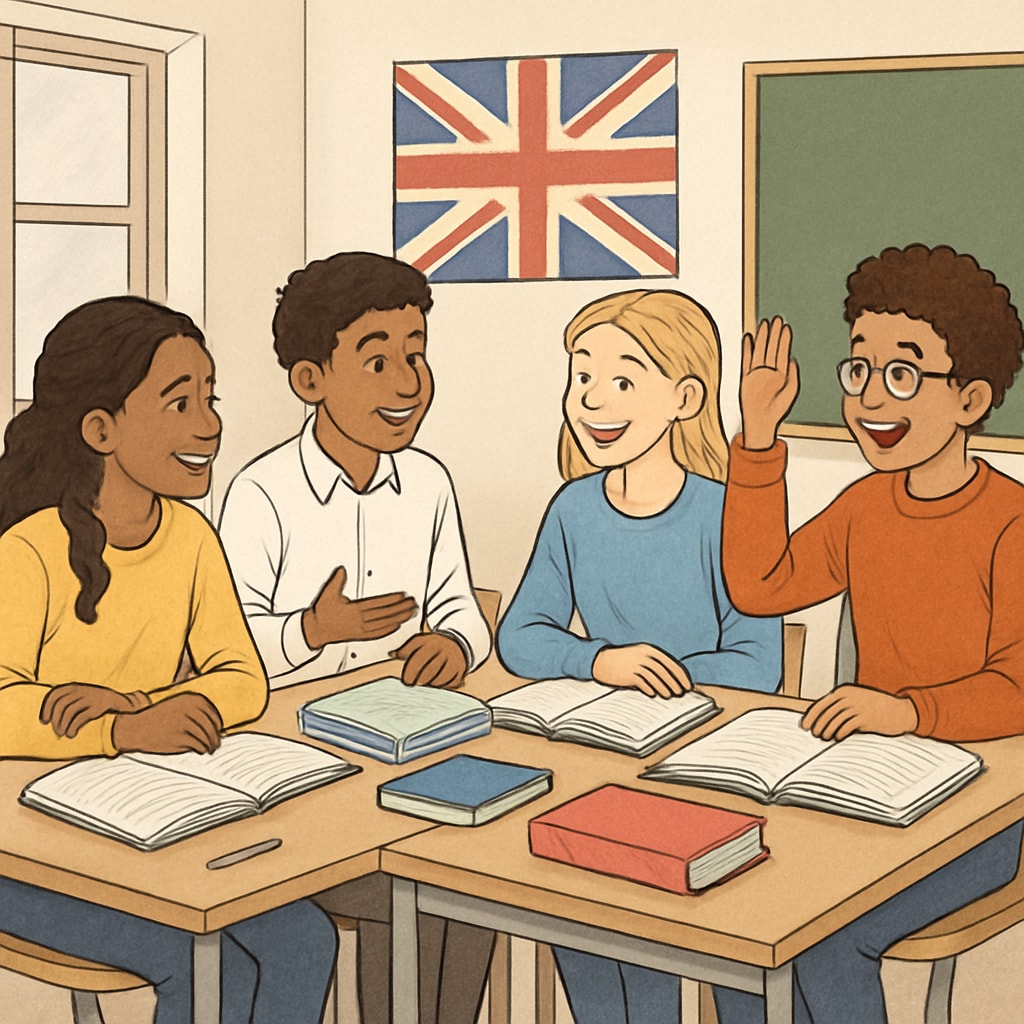In the context of the UK education system, disruptions to a young person’s academic journey can arise due to various factors, including personal challenges, family circumstances, or unforeseen events. However, “education recovery in the UK” is not only possible but also supported by a variety of structured pathways. This article offers a comprehensive guide to help students under the age of 18 resume their education, bridge learning gaps, and rebuild their confidence.
Understanding the Causes of Education Disruption
Education disruption can result from numerous situations, such as health issues, family relocation, or socio-economic challenges. For some, the break in formal learning may be brief, while for others, it can stretch over months or even years. Identifying the root cause of the disruption is essential to determine the most effective approach to recovery.
For example, students facing long-term absences due to illness may benefit from tailored support programs offered by local education authorities. In contrast, those affected by socio-economic barriers might find community-based initiatives more helpful.

Official Support Systems for Education Recovery
The UK government provides a robust framework to assist young people in returning to education. Key initiatives include:
- Pupil Referral Units (PRUs): These specialized institutions cater to students who have been excluded from mainstream schools or are unable to attend due to specific needs.
- Education Welfare Services: Local authorities deploy education welfare officers to support families and ensure children return to school as smoothly as possible.
- National Tutoring Programme: Designed to close learning gaps, this program offers personalized tutoring to students in need.
These resources aim to create a supportive environment where students can thrive academically and socially. To learn more about PRUs, visit Gov.uk Alternative Provision.
Alternative Education Pathways
For some students, returning to a traditional school setting may not be the best option. In such cases, alternative education pathways can provide a flexible and personalized approach. Examples include:
- Online Learning Platforms: Services like Open University or BBC Bitesize offer a wealth of resources for independent study.
- Home Education: Parents can choose to educate their children at home, following legal guidelines set by the UK government.
- Vocational Training: Apprenticeships and training programs provide practical skills while allowing students to continue their education.
These options empower students to align their education with their individual circumstances, ensuring that no one is left behind. For an overview of vocational training opportunities, refer to Apprenticeships.gov.uk.

Building Confidence and Overcoming Barriers
Resuming education after a break often requires more than academic support; emotional and psychological readiness are equally important. Here are some strategies to help students regain their confidence:
- Set Small, Achievable Goals: Breaking down the journey into manageable steps can make the process less overwhelming.
- Seek Mentorship: Guidance from teachers, counselors, or mentors can provide valuable encouragement and direction.
- Engage in Extracurricular Activities: Joining clubs or sports teams can help students reintegrate socially and build a sense of belonging.
Parents and caregivers also play a critical role by fostering a positive and supportive home environment. Encouraging open communication and celebrating small victories can make a significant difference.
Conclusion: Education Recovery as a Path to Future Success
While disruptions in education can be challenging, they do not have to be permanent setbacks. The UK education system offers diverse pathways and resources to ensure young people can resume their academic journeys, close learning gaps, and rebuild their confidence. With the right support, every student can reclaim their right to education and achieve their full potential.
Education recovery in the UK is not just about returning to school; it’s about creating a brighter future for every child.


